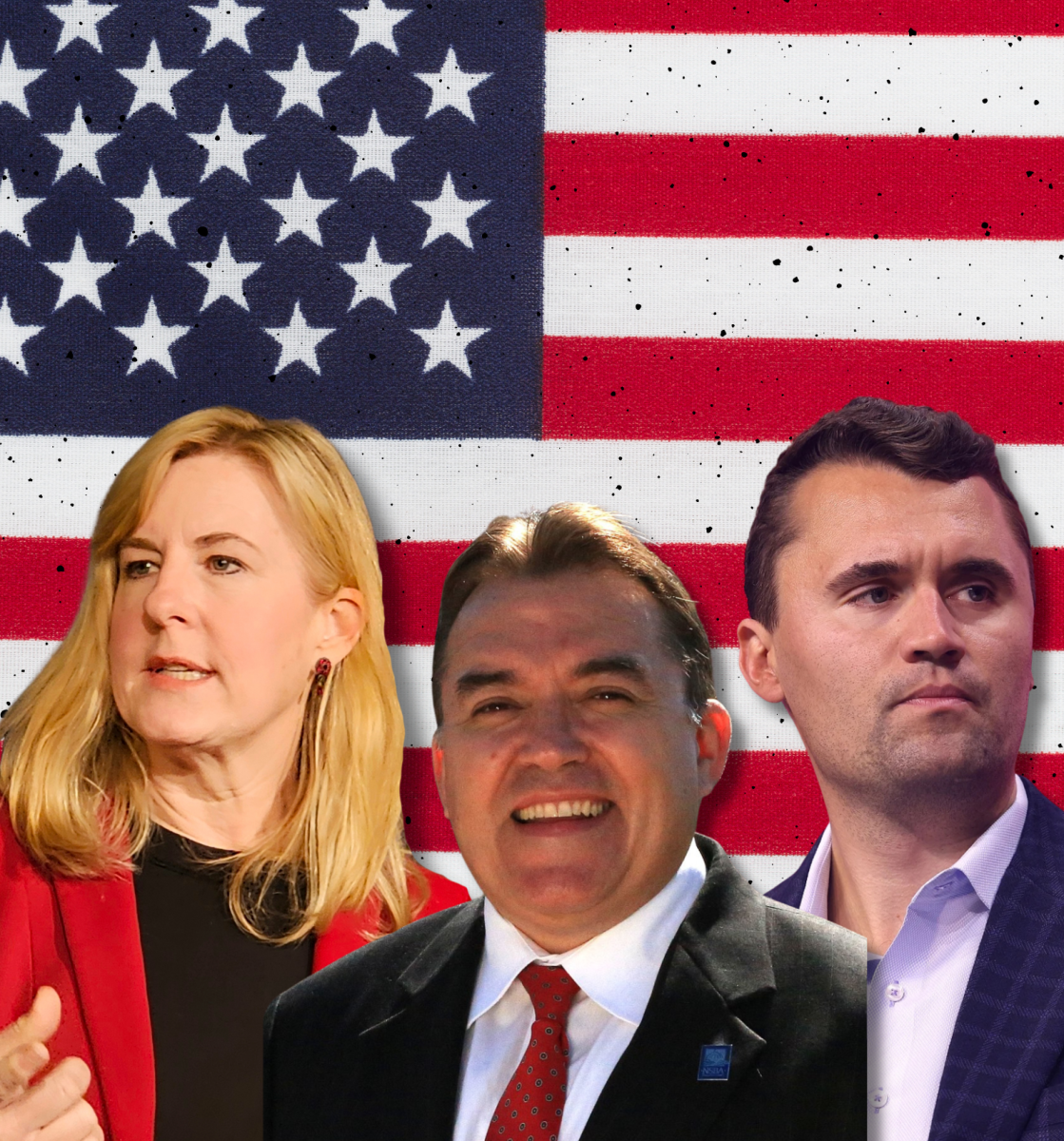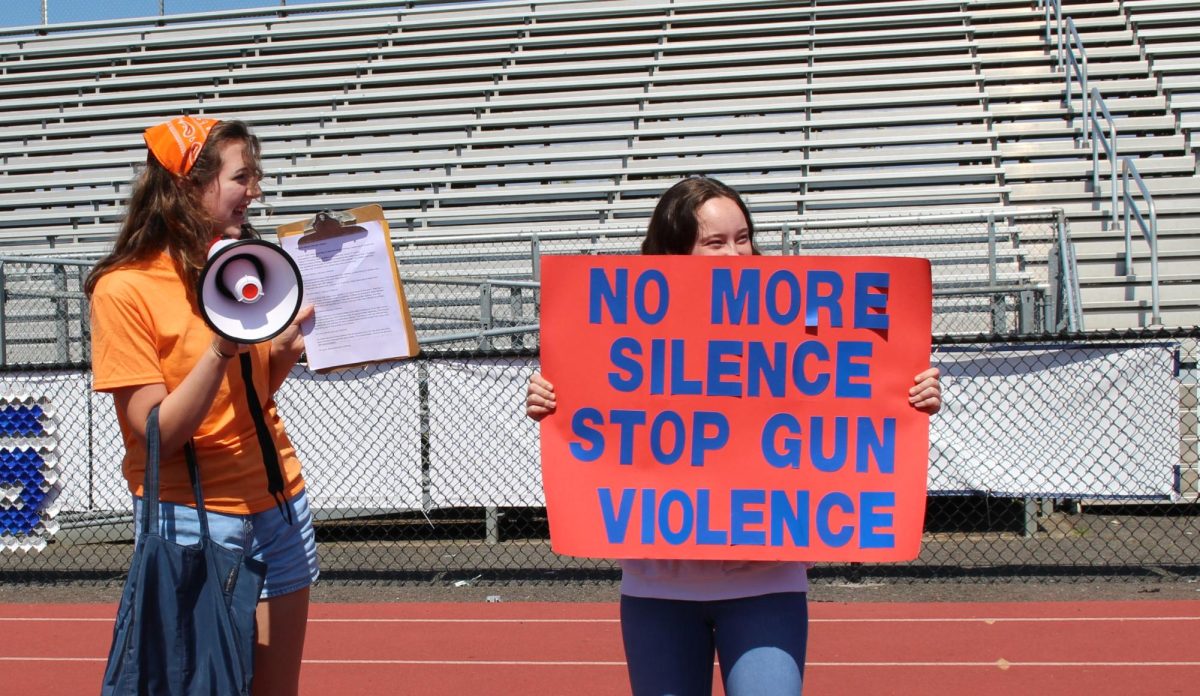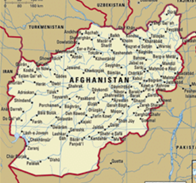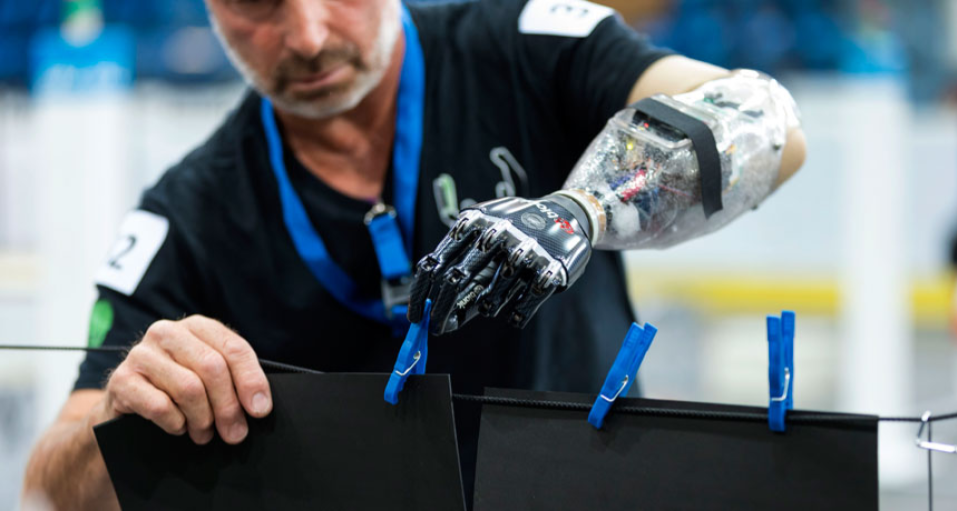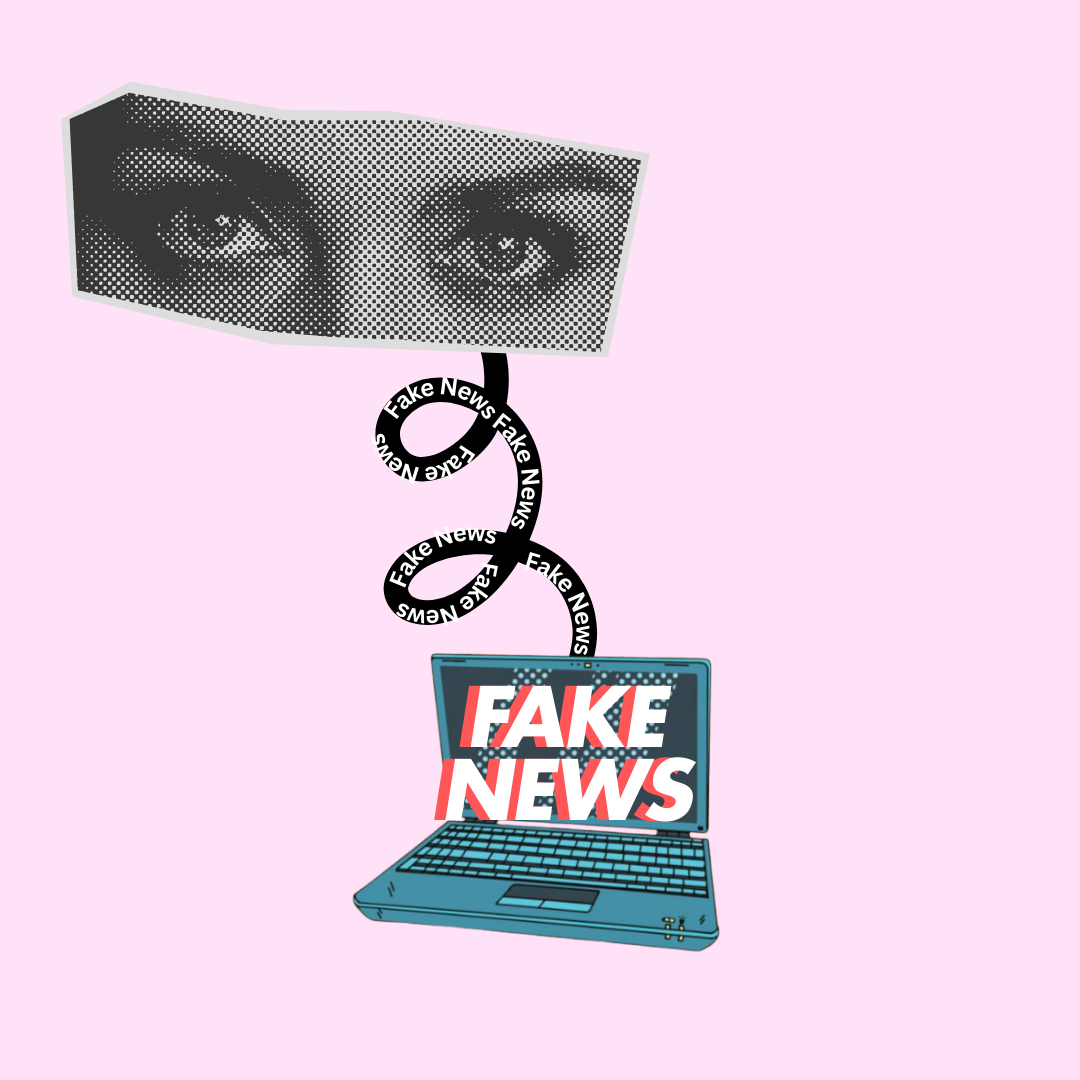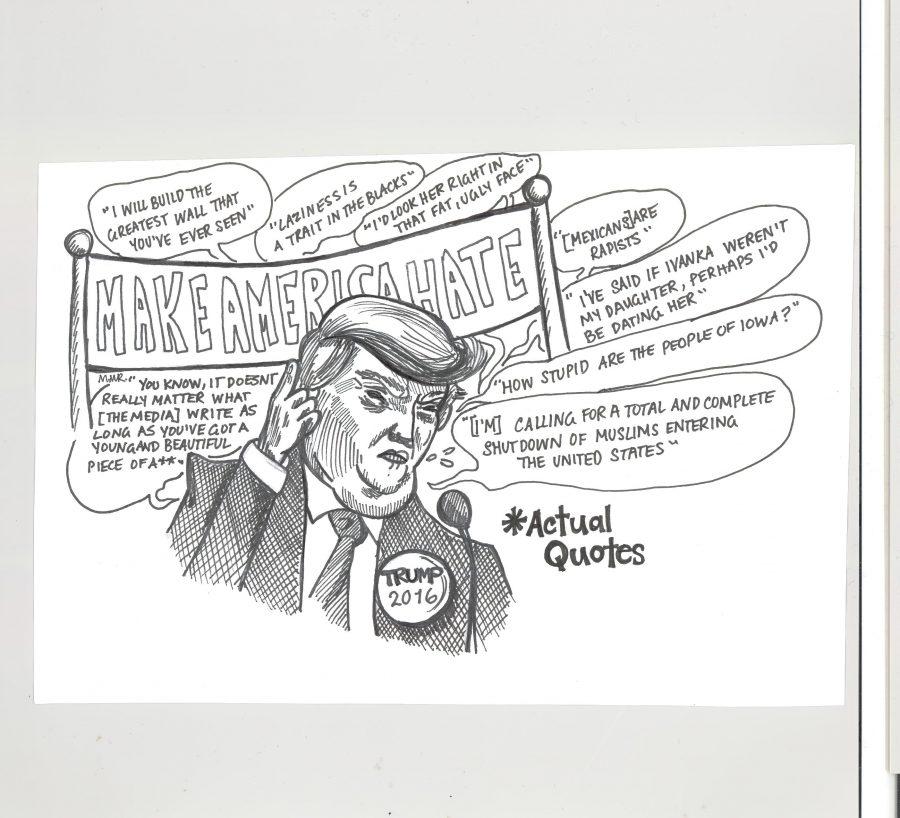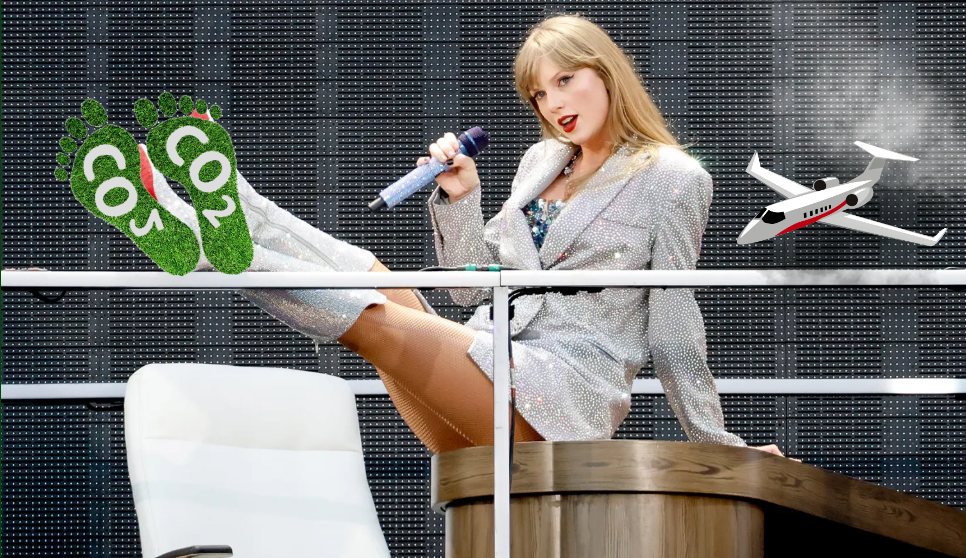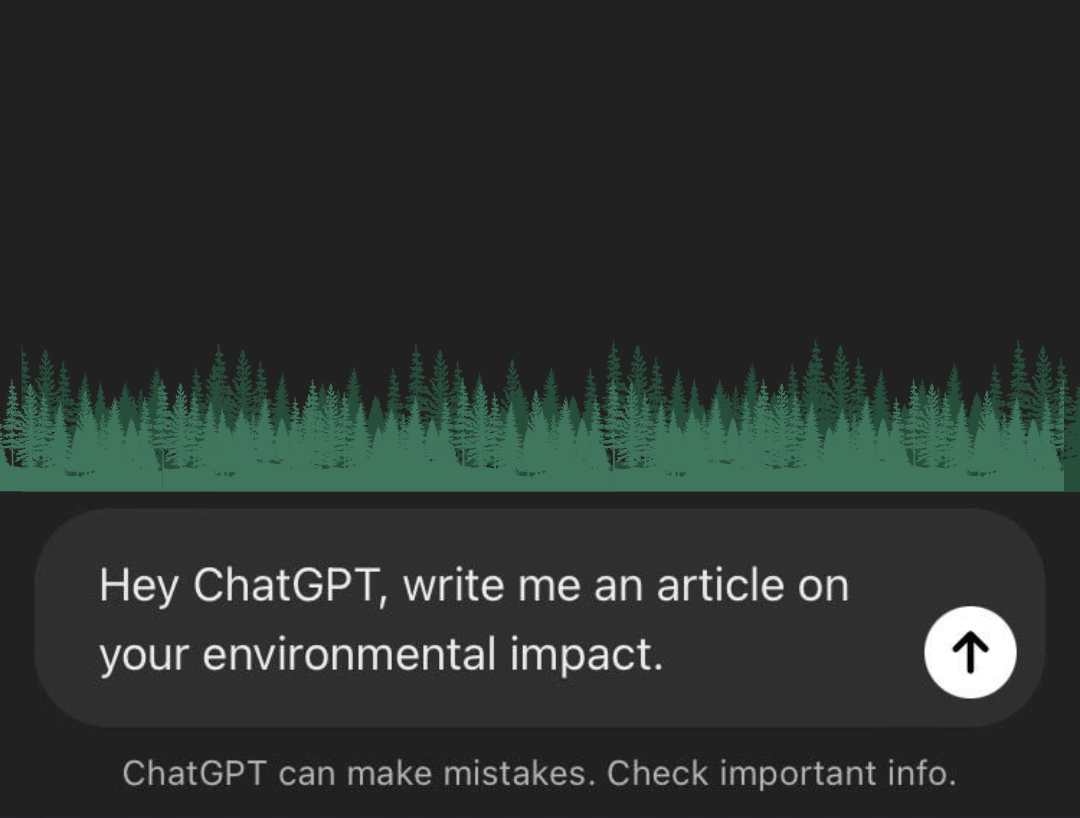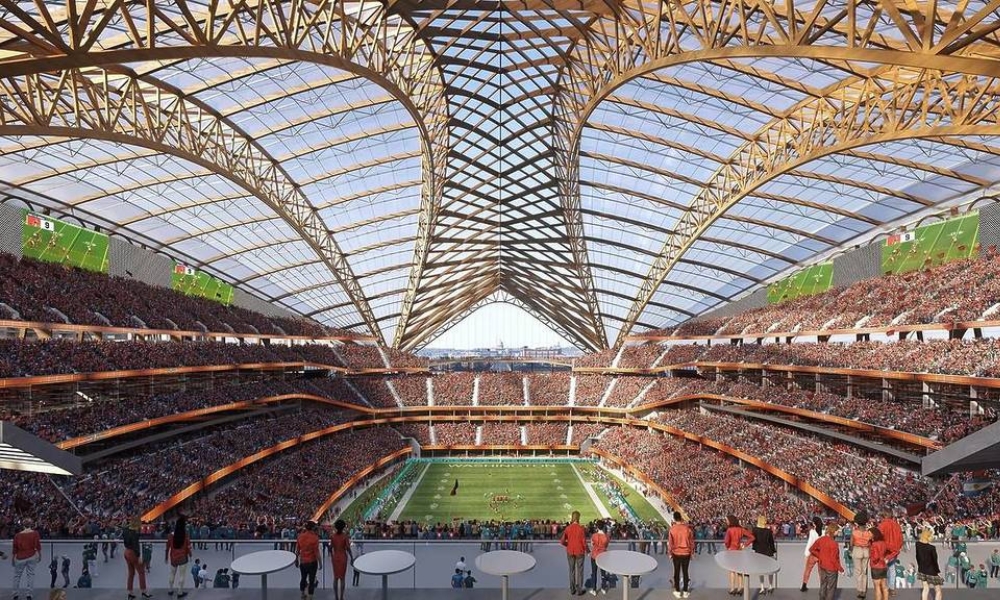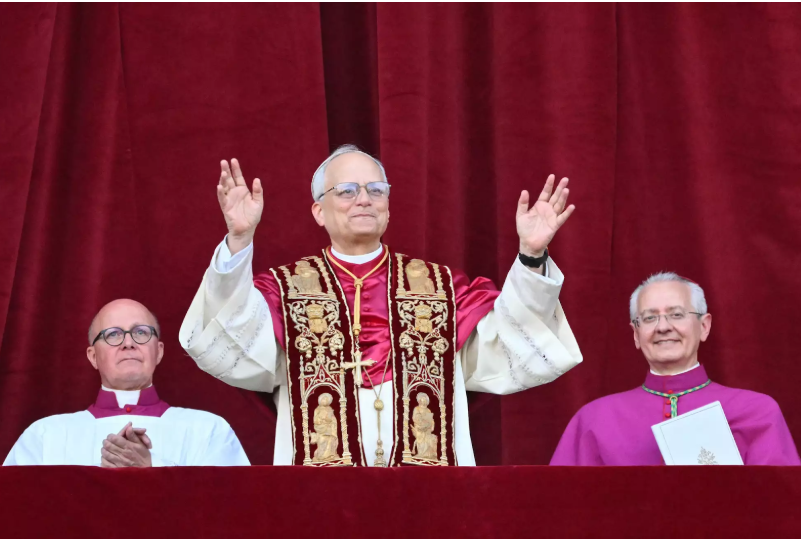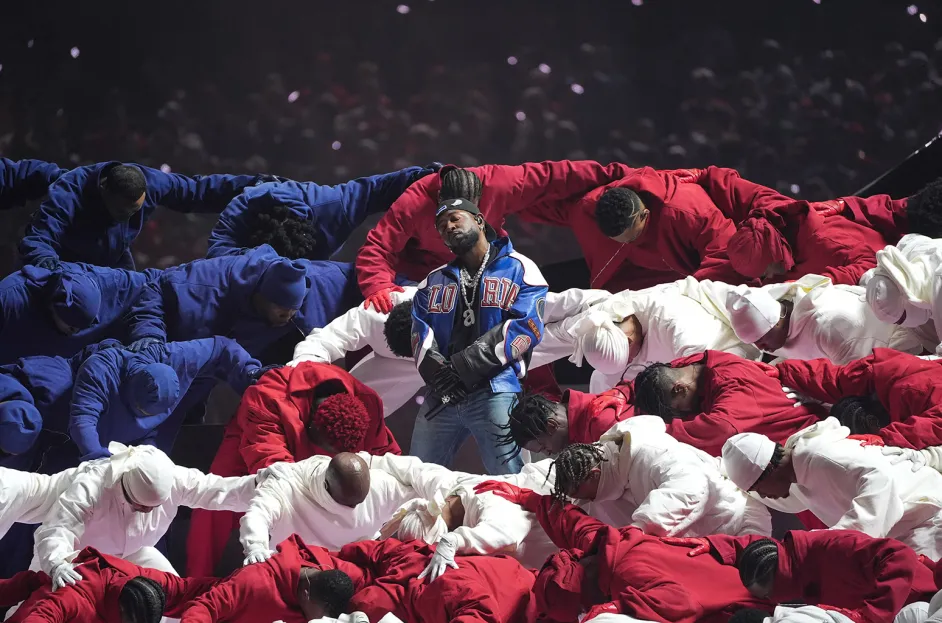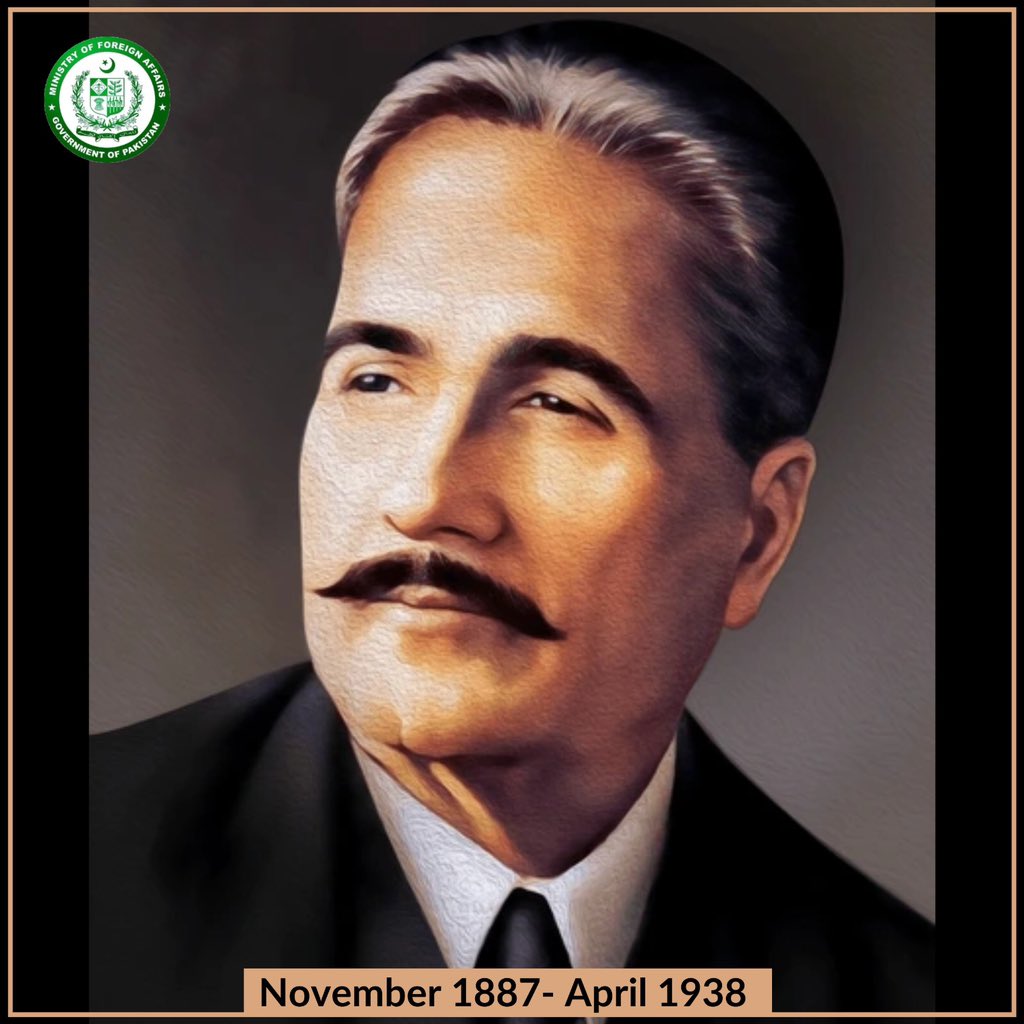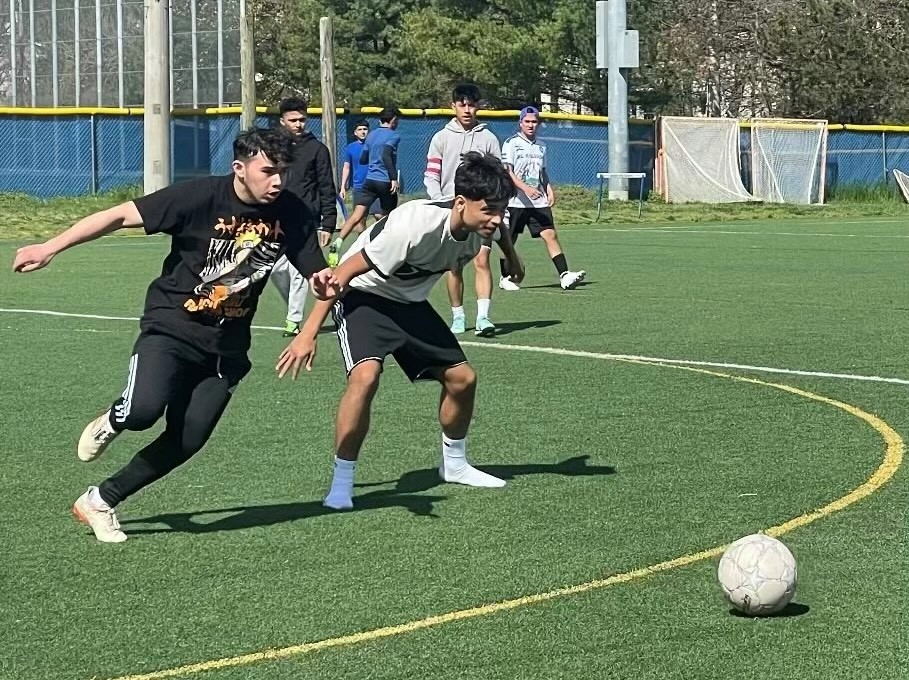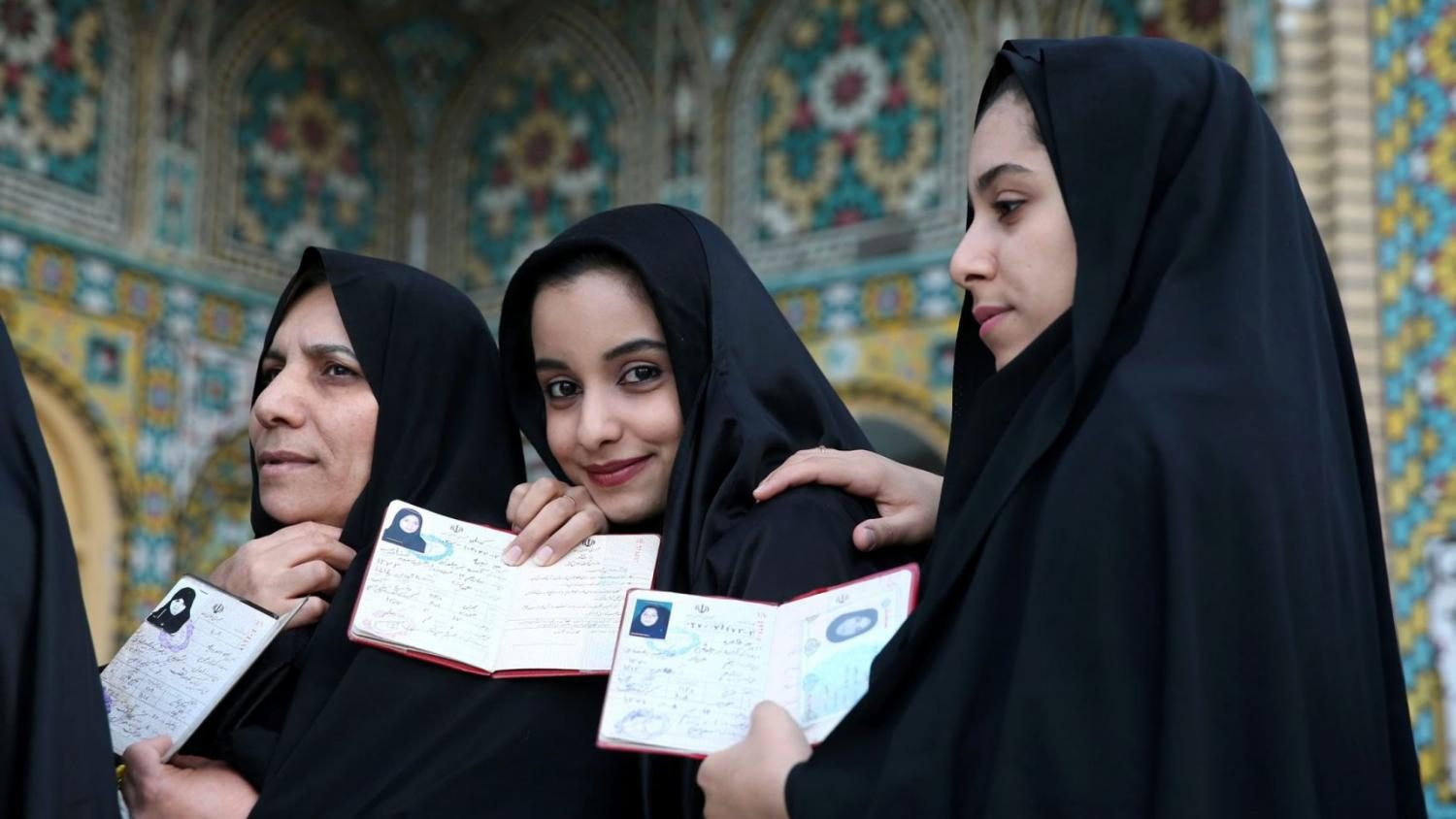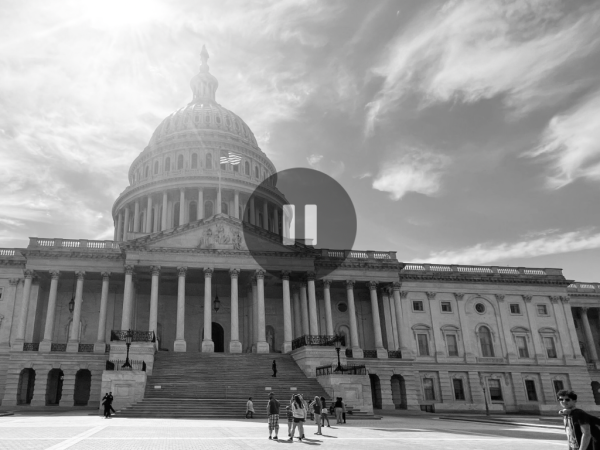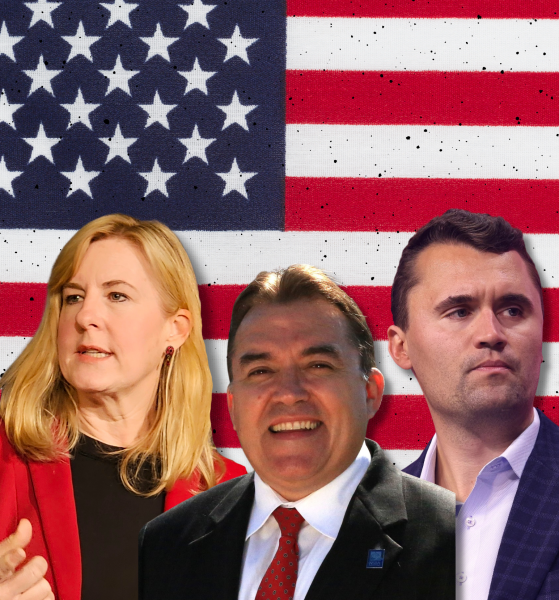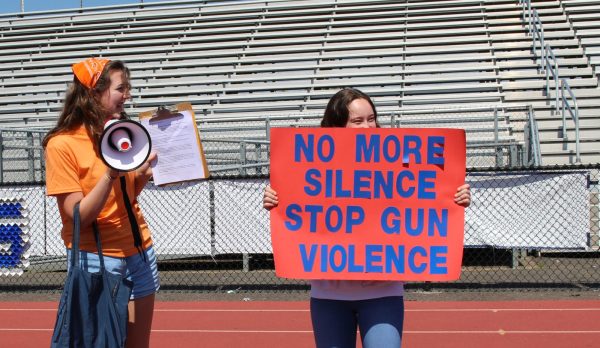A Basic Guide to Iran’s 2017 Presidential Election
The Islamic Republic of Iran will hold its 12th presidential election, along with its local elections on May 19. Reformist incumbent Hassan Rouhani will be running for a second term, at one point declaring during his campaign, “We want freedom of the press, freedom of association, and freedom of thought!”
Three other men, Ebrahim Raisi, Mostafa Mir-Salim, and Mostafa Hashemitaba were also running, but Mir-Salim and Hashemitaba both dropped out Tuesday evening. This leaves the principlist Raisi, who is very close to current Supreme Leader Ayatollah Khamenei, as Rouhani’s strongest competitor.
The reformists and the principlists are on two opposite sides of Iran’s political spectrum, the reformists lean to the left and the principlists to the right. The reformists favor economic liberalization, increased contact with world, and protecting and strengthening the rights of Iranian citizens. The principlists aren’t in favor of economic liberalisation or in opening up to the outside world, leaving the biggest issue between the two sides the nuclear deal with America.
Although Rouhani was criticized during the campaign for signing the nuclear deal, principlist candidates have said they would respect the deal as a national accord, despite earlier criticisms. If Rouhani wasn’t to win the presidency, it is not expected much would change in Iran’s relationships with both regional and international powers, as the Supreme Leader does maintain more control.
As for domestic Iranian issues, the nuclear deal helped inflation go down from 40% to 7.5% by freeing up billions of dollars of Iran’s funds and pulled the growth rate from negative digits to 7%. However, there has not been a reduction in unemployment, as many foreign investors are wary of entering a country where the government maintains full or partial control of most industries. Until foreign investment can be increased, it is expected that the double digit unemployment rates will not improve.


